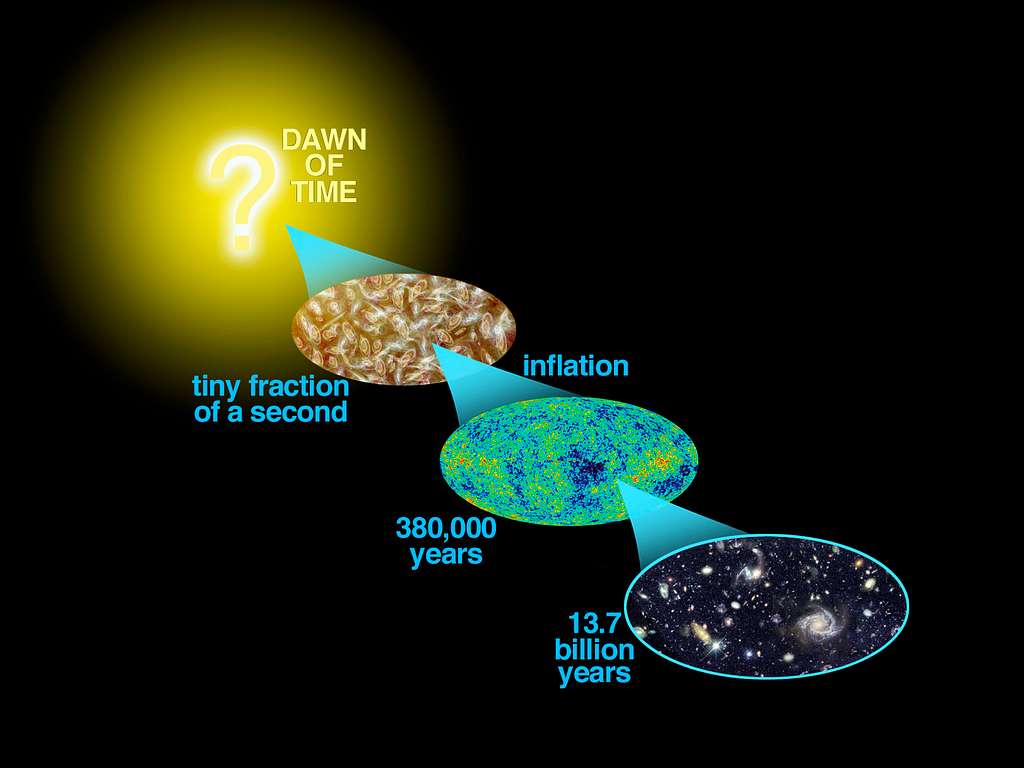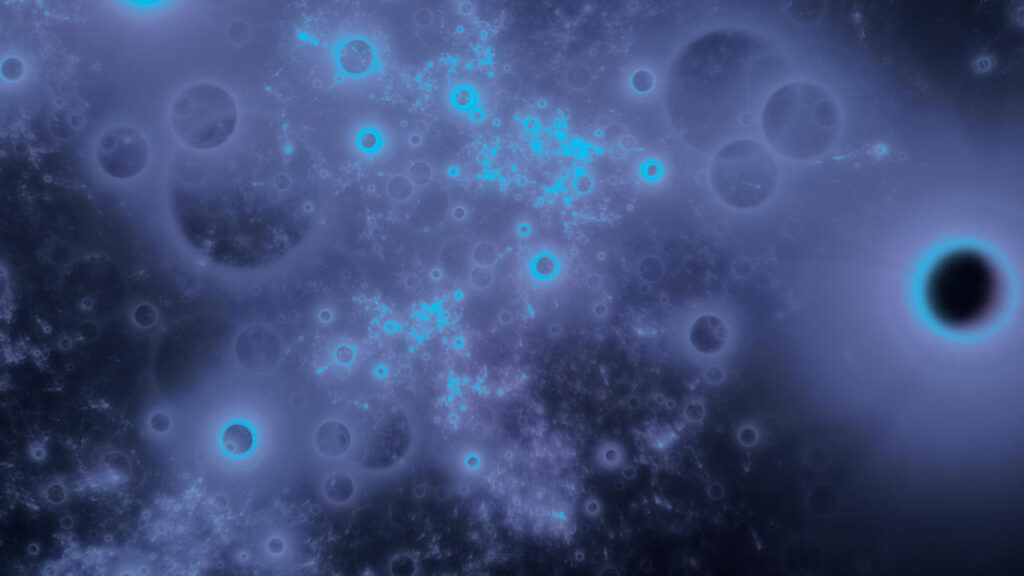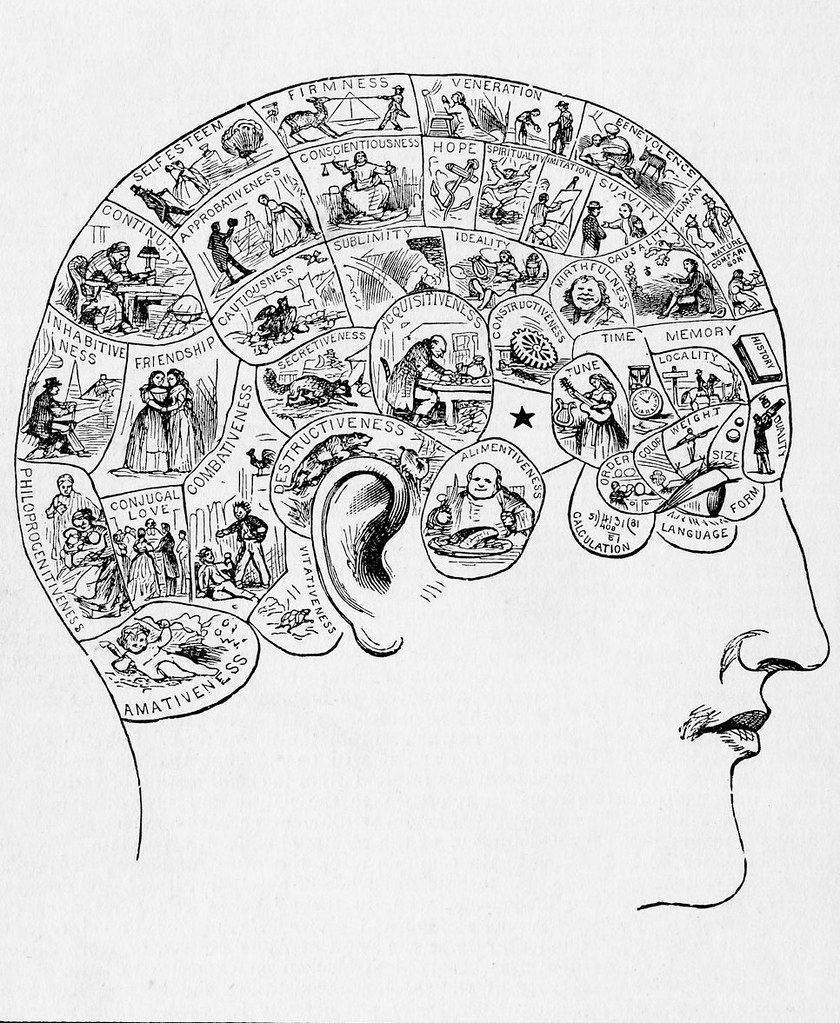Simply put, the multiverse is a collection of countless universes. Our universe is just one part of this larger structure. Each universe is called a “universe,” and their collective form is called the “multiverse.” These universes may be completely isolated from each other, or they may have only slight communication between them. It is thought that each universe may have its own fundamental constants, natural laws, and initial conditions, which are different from each other.
Sources of The Multiverse Theory: Where did the idea come from?
The idea of The Multiverse Theory comes from various scientific fields. Its main sources are:
- Cosmic Inflation Theory: According to the Big Bang theory, the universe expanded at an extremely rapid rate in the first moments of its creation. Some models of inflation predict that this expansion did not happen just once but could continue forever, continuously creating new universes. Each of these universes is like a bubble, floating in infinite space-time. These bubbles cannot communicate with each other, so we only see our own “bubble universe.” This model is called the “bubble multiverse.”

- String Theory and the Landscape: String theory is an ambitious theory in physics that attempts to unify all the fundamental forces and particles of the universe into a single structure. This theory gives rise to the concept of multi-dimensional space. A special aspect of string theory is the “landscape,” which states that the fundamental constants of our universe (such as the speed of light or the charge of an electron) are not fixed but rather can be different in different universes. This means that string theory allows for an infinite number of solutions, each representing a different universe, with its own physical laws.
- Many-Worlds Interpretation – MWI: One of the strange aspects of quantum mechanics is that the behavior of particles is governed by probability. When a quantum event occurs, it has several possible outcomes. The many-worlds interpretation suggests that each of these possible outcomes actually occurs, but in different parallel universes. For example, when you flip a coin, quantum mechanics says it can come up heads or tails. According to MWI, in one universe it is Heads, and in another universe it is Tails, and these two universes are separated from each other. This is the idea of an ever-split universe, where each possible choice or outcome gives rise to a new universe.
- Cyclic or Oscillating Universe: Some cosmological models suggest that our universe did not form in a single Big Bang but rather in a cyclical process. That is, the universe expands, then contracts (the Big Crunch), and starts again with a new Big Bang. According to this theory, each cycle indicates a new universe, which forms a multiverse.
Types of Multiverses: Theoretical physicist Max Tegmark divides the multiverse into four levels: - Level 1: Inflationary Multiverse: It stems from inflation theory, where there are an infinite number of bubble universes like our universe, which obey the same physical laws but may have different initial conditions.

- Level 2: Quantum Multiverse: This comes from the many-worlds interpretation of quantum mechanics, where the possible outcomes of each quantum event occur in a different universe.
- Level 3: Mathematical Multiverse: This level is an extreme idea, suggesting that all mathematically possible universes actually exist. Our universe is just an example of a particular mathematical structure.
- Level 4: Fine-tuned Multiverse: This idea attempts to explain the incredible “fine-tuning” of the fundamental constants of the universe. If these constants had changed even slightly, the emergence of life would have been impossible. The Multiverse Theory states that among countless universes, our universe has the right conditions for life to exist.
Limitations and controversies of The Multiverse Theory:
While The Multiverse Theory is an interesting idea, its main problem is that it is extremely difficult to prove experimentally. Since these universes are thought to be isolated from each other, it is nearly impossible to establish contact with them or prove their existence. This is often criticized as a “pseudo-scientific” or “unprovable” theory.
However, some scientists believe that it may be possible to find indirect evidence, such as traces of collisions with other universes in the cosmic microwave background (CMB) of our universe. However, no such definitive evidence has yet been found.

Conclusion:
The Multiverse Theory has the power to change our view of the universe and reality. It deepens the mysteries of the universe and makes us think about how vast and diverse an existence we really are. Although this is still a controversial and experimentally unproven area of science, it furthers our curiosity about the nature of the universe and opens up new horizons for future research. Who knows, maybe in another universe, right now, a different you are reading this article!

Pingback: The pH Factor: Unveiling Acidic or Alkaline Secrets -